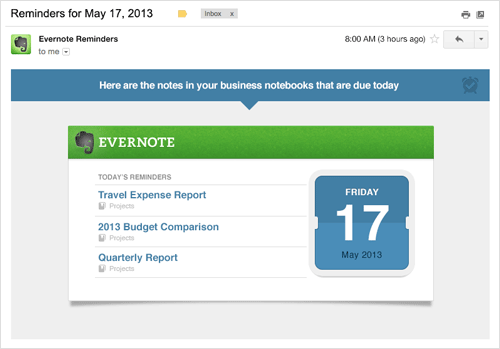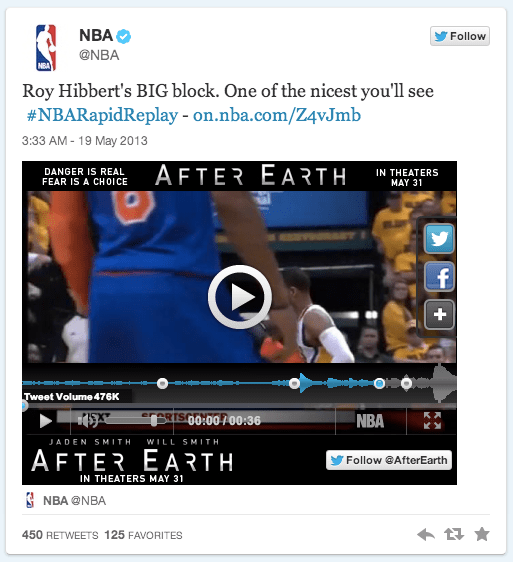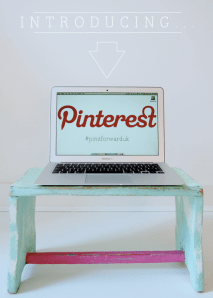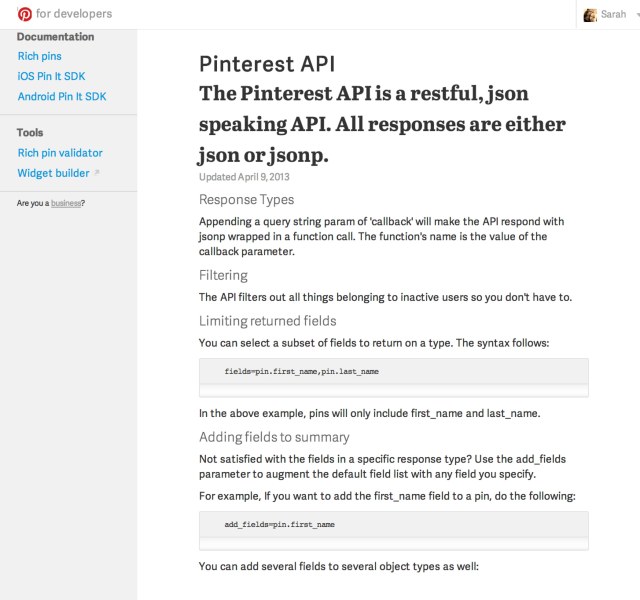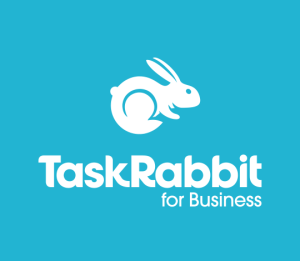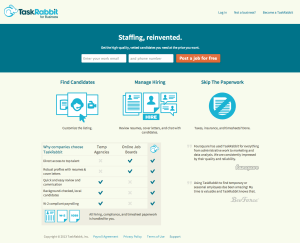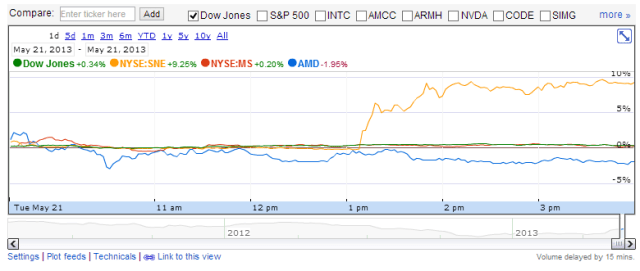Loom Is Building A Better iCloud

Barely a month or two after launching the Y Combinator-backed photo-sharing service Popset, the team realized they were solving the wrong problem. Users weren’t struggling to share their photos with groups; they needed tools to help them organize and manage their photo libraries across a variety of platforms and services. So the company decided to change its course, and today it’s announcing what it has in store: Loom, a cloud storage and syncing service that’s like a better alternative to iCloud.
“People were requesting features and giving us feedback that caught our attention,” explains Popset and now Loom co-founder Jan Senderek. After interviewing hundreds of users over a month’s time, the founders had a better idea of what its user base wanted. People told the team of their awful routines for managing photos – backing them from iPhones to external hard drives, having to sync them through iTunes, how quickly the photos ate up precious disk space on their portable devices and MacBook SSD drives, and so on.
“There are so many thing that are wrong, and it’s kind of obvious how to solve that – by simply putting everything in the cloud and making it accessible to you on all your devices,” says Senderek.
That, of course, is the promise of Apple’s iCloud. But it doesn’t seem to work as well as it should.
In recent months, Apple users and developers have become increasingly frustrated with iCloud, which has proved to be difficult, buggy, and confusing to end users.
“People don’t really understand iCloud. They don’t understand what Photostream is or how it works,” Senderek explains. “It actually makes the problem worse.” Photostream, which saves the last 1,000 photos on your device, appears like a separate album, which also confuses some users.
The team, which also includes co-founders Philipp Wein and Daniel Wagner, realized they had a choice to make. They could either double-down on Popset or respond to the problems users wanted fixed with a whole new product.
They chose the latter.
Popset users were notified at the beginning of this month that the service would be closing in June, and were offered a downloadable .zip file of the photos they had shared.
The new product, Loom, puts all your photos and videos in the cloud, allowing you to empty your Camera Roll and reclaim lost disk space. Designed to replace the native Photos app, Loom instead uses smart technology to intelligently cache photos and videos based on the size of the device that you’re using. In other words, if you’re snapping high-def photos with your 16 GB iPhone 5, you don’t really need the full resolution version of those photos in order to enjoy them on the small screen, or share them with others.
Loom also works even when it doesn’t have a network connection – like Apple’s own Photos app does. It will just sync everything you do while offline once the device is connected again. And it will support some of Popset’s old feature set around album creation and sharing.
Also like iCloud, media stored in Loom will be available on all your devices. A developer API will be available, too.
Initially, the service will work on iPhone, iPad, Mac and web, but the plan is to bring the technology to Android as well, where it will be able to more deeply integrate with the operating system. In addition, photos and videos are only the beginning – the long-term plan is to support other file types including documents, music, audio, TV and movies.
Though Loom is offering something that solves a problem for many, if it goes the freemium route as it’s now intending to do, it will be up against several services with competitive pricing in terms of photo sync and storage. Facebook, Google, Flickr and even Shutterfly are offering photo upload (even automatic upload) and hosting, either entirely free or with large enough free tiers to make their services the better option for those watching their budget.
But Loom also has another interesting idea for making money – if users ever wanted to download their entire photo archive, Loom could send them either a link to download, or as an additional paid option, send them an external hard drive filled with their media.
Pricing details, however, are not yet available.
Loom is opening up its private beta in about a month. TechCrunch readers who sign up here will be able to get into the first batch which is limited to 1,000 users.
The San Francisco-based startup, now a team of eight, had already raised additional funding for Loom shortly after Popset’s launch. An additional seed round is also closing soon.





